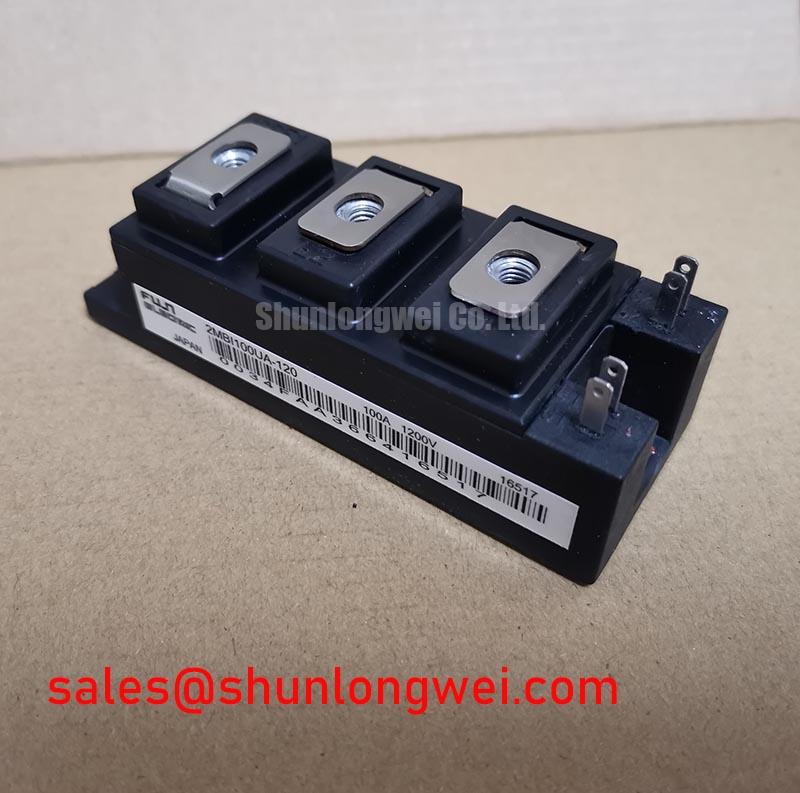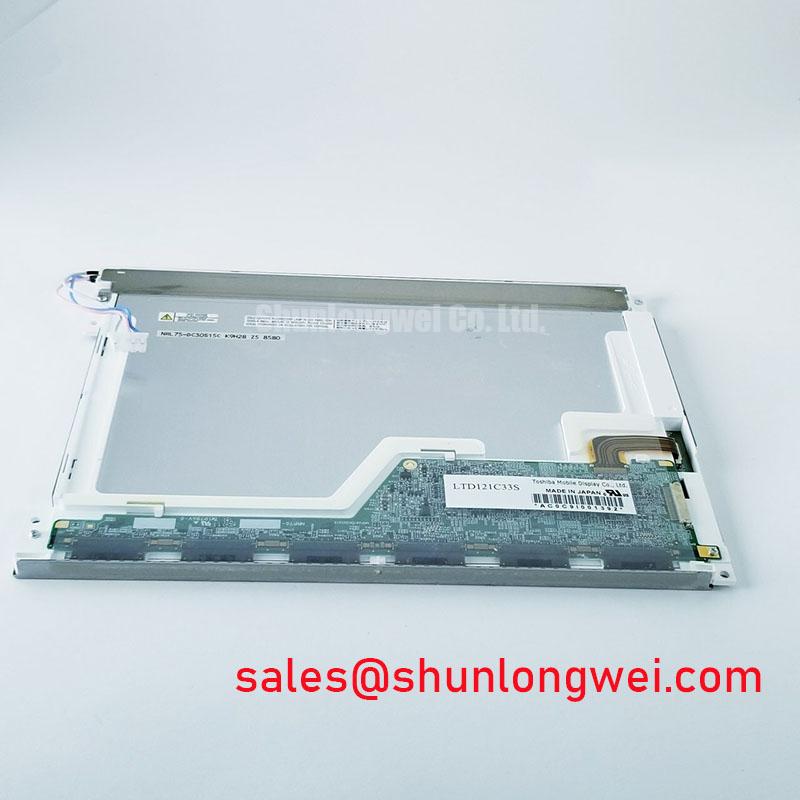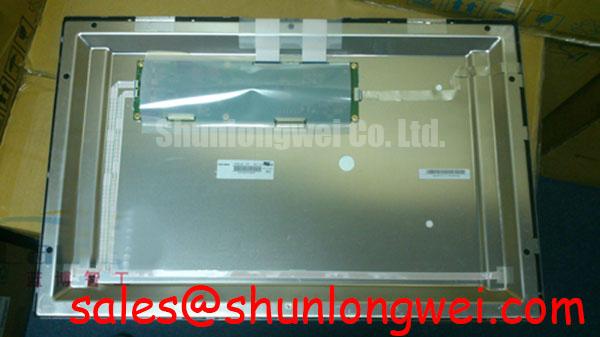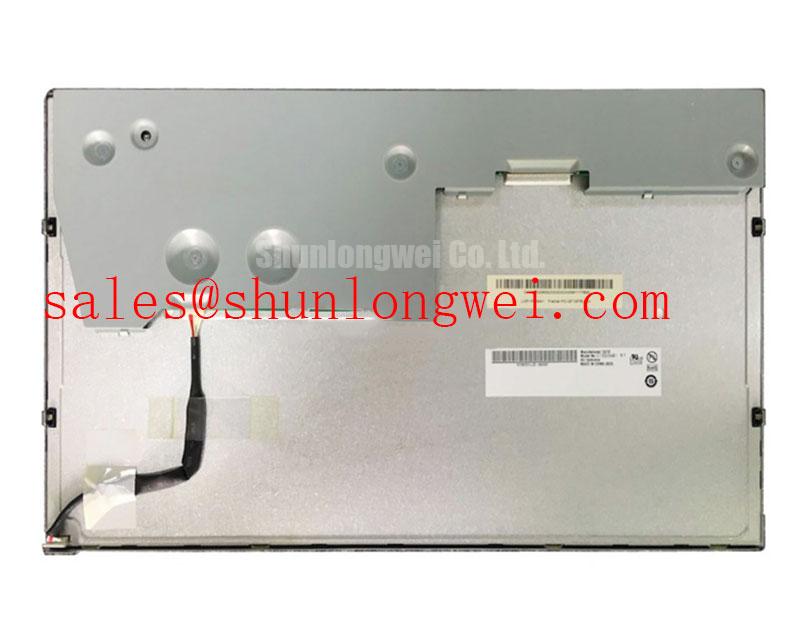2MBI100UA-120 IGBT Module: Engineering for Thermal Stability and Reliability in Industrial Power Systems
Content last revised on October 19, 2025.
Introduction: A Foundation of Reliability
The Fuji Electric 2MBI100UA-120 is a 2-in-1 IGBT module engineered to provide a robust foundation for high-stress industrial power conversion systems. With its core specifications of 1200V | 100A | VCE(sat) 2.7V (typ.), this module prioritizes thermal performance and operational ruggedness. Key engineering benefits include exceptional reliability under thermal cycling and a simplified thermal management design. This component directly addresses the critical engineering need for predictable performance and longevity in applications like motor drives and uninterruptible power supplies. For industrial VFD designs where operational uptime and thermal margin are paramount, this 1200V module offers a highly reliable power switching solution.
Application Scenarios & Value
Achieving System-Level Reliability in Demanding Industrial Environments
The 2MBI100UA-120 is engineered for core industrial applications where consistent performance under load is non-negotiable. Its primary value is demonstrated in systems such as Variable Frequency Drives (VFDs), AC and DC servo drives, and Uninterruptible Power Supplies (UPS).
Consider the high-fidelity engineering scenario of a VFD controlling a high-inertia industrial conveyor system. During frequent start/stop cycles, the IGBTs are subjected to significant thermal stress. The 2MBI100UA-120's robust thermal design, characterized by a low thermal resistance, ensures efficient heat transfer from the silicon to the heatsink. This superior thermal management capability prevents excessive junction temperature rises, directly mitigating a common failure mechanism and extending the operational lifespan of the entire drive. What is the primary benefit of its low thermal resistance? It allows for a more compact and cost-effective heatsink design, increasing overall system power density. For systems that demand even higher current handling for larger motors, the related 2MBI200NB-120 provides a 200A capability within a similar voltage class.
Key Parameter Overview
Decoding the Specs for Enhanced Thermal Design and Efficiency
The technical specifications of the 2MBI100UA-120 are tailored to provide a balance of efficiency, speed, and ruggedness. The following parameters are particularly critical for design engineers focused on creating reliable and efficient power stages.
| Parameter | Symbol | Test Conditions | Value |
|---|---|---|---|
| Collector-Emitter Voltage | Vces | Vge = 0V | 1200V |
| Continuous Collector Current | Ic | Tc = 80°C | 100A |
| Collector-Emitter Saturation Voltage | VCE(sat) | Ic = 100A, Vge = 15V, Tj = 125°C | 2.7V (typ.) |
| Thermal Resistance (IGBT) | Rth(j-c) | Junction to Case, per arm | 0.24 °C/W |
| Gate-Emitter Threshold Voltage | VGE(th) | Ic = 100mA, Vce = 10V | 5.5V to 7.5V |
| Short-Circuit Withstand Time | tsc | Vcc=600V, Vge≤15V, Tj=125°C | 10µs |
Download the 2MBI100UA-120 datasheet for detailed specifications and performance curves.
Interpreting the Critical Parameters
The Collector-Emitter Saturation Voltage (VCE(sat)) of 2.7V is a direct indicator of conduction losses. Think of it as the electrical "friction" the device exhibits when it's switched on. A lower VCE(sat) means less power is wasted as heat during operation, which not only improves overall system efficiency but also reduces the burden on the cooling system. This parameter is crucial for achieving high efficiency in a power conversion design.
Technical Deep Dive
Anatomy of Thermal Ruggedness
The long-term reliability of an IGBT module is fundamentally linked to its ability to manage heat. The Thermal Resistance, Rth(j-c), is the most critical parameter in this regard. The 2MBI100UA-120's value of 0.24 °C/W for the IGBT can be visualized as the width of a pipe draining heat away from the semiconductor junction. A lower number signifies a wider, less restrictive "pipe," allowing heat to escape more effectively to the heatsink. This efficiency in heat transfer is crucial for keeping the junction temperature (Tj) well below its 150°C maximum limit, even under heavy load conditions. This robust thermal pathway is a key reason for the module's stability and longevity, directly impacting the Total Cost of Ownership (TCO) by minimizing downtime and maintenance.
Frequently Asked Questions (FAQ)
How does the 10µs short-circuit withstand time impact system design?
The 10-microsecond short-circuit rating provides a critical safety window for the system's protection circuitry to act. In the event of a catastrophic failure downstream, such as a motor winding short, this ruggedness ensures the IGBT module can survive the fault long enough for the gate driver or control system to detect the overcurrent condition and safely shut the device down, preventing module rupture and containing the failure. This is a key feature for building fault-tolerant servo drive systems.
What is the engineering benefit of the module's square RBSOA (Reverse Bias Safe Operating Area)?
A square RBSOA indicates a high level of ruggedness during the turn-off phase, particularly when switching inductive loads like motors. It means the module can safely handle high collector currents and collector-emitter voltages simultaneously during turn-off without destructive failure. This provides a larger design margin for engineers and ensures reliable operation even with voltage overshoots caused by stray inductance in the system.
Is a negative gate voltage recommended for turning off the 2MBI100UA-120?
While the module can be operated with a 0V turn-off voltage, applying a small negative gate voltage (e.g., -5V to -15V) is a best practice for applications with high switching speeds or significant busbar inductance. This provides a greater noise margin against parasitic turn-on caused by the Miller effect (dV/dt), significantly improving the system's immunity to noise and preventing potential shoot-through conditions. For a deeper understanding of potential failure modes, see our guide on IGBT failure analysis.
Strategic Implications
Selecting a component like the 2MBI100UA-120 is a strategic decision that prioritizes long-term system reliability over marginal gains in switching speed or conduction loss. For industrial OEMs, the value lies in building equipment that withstands the rigors of the factory floor, minimizing field failures and warranty claims. By building in thermal margin at the component level with this Fuji Electric module, engineers can deliver a more robust and dependable end product, reinforcing brand reputation for quality and durability.














